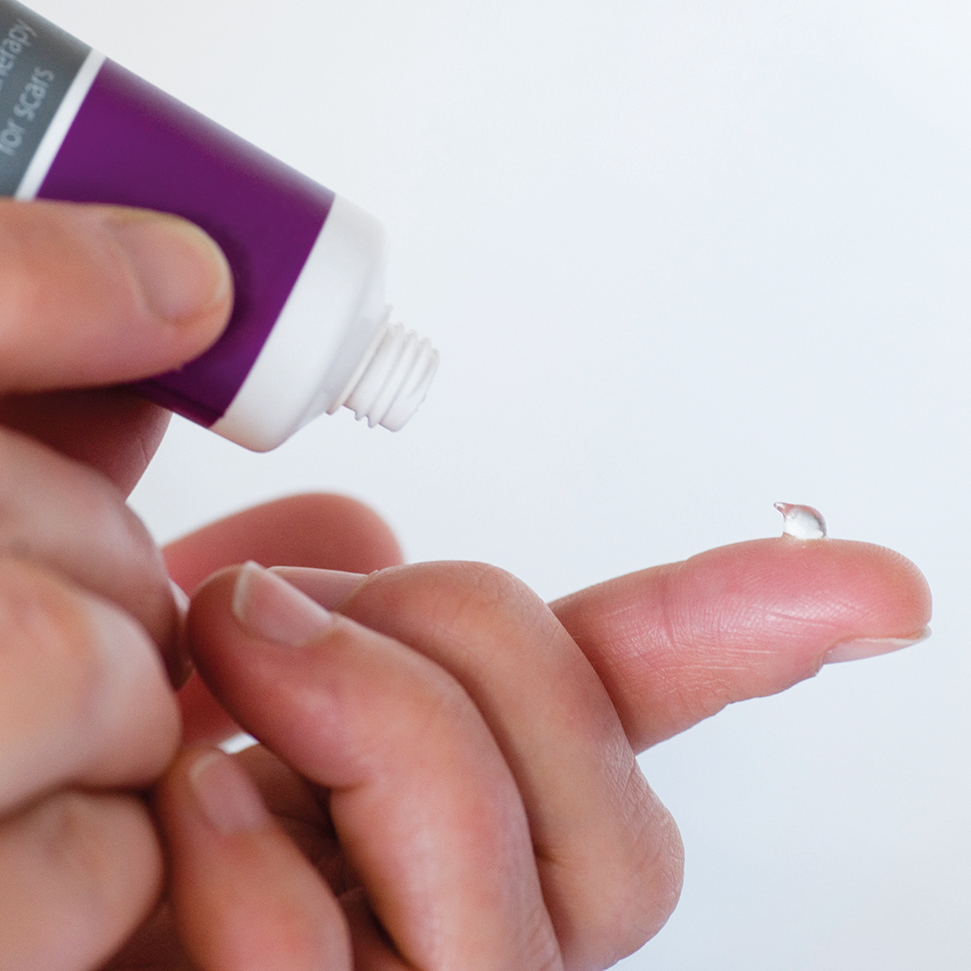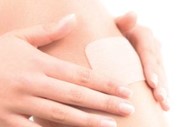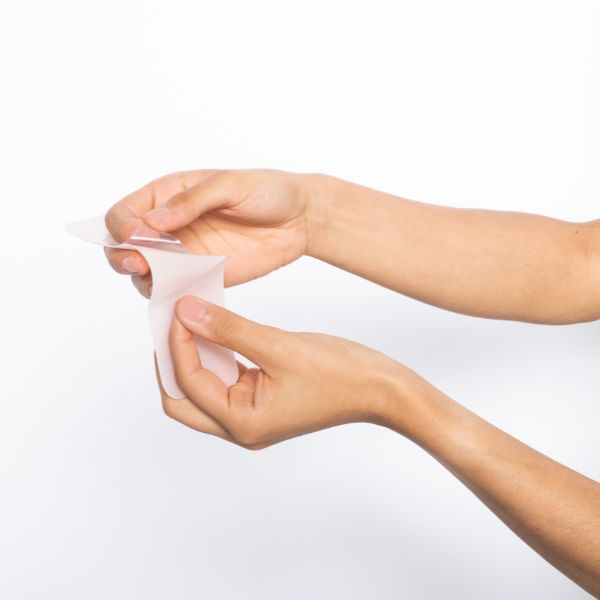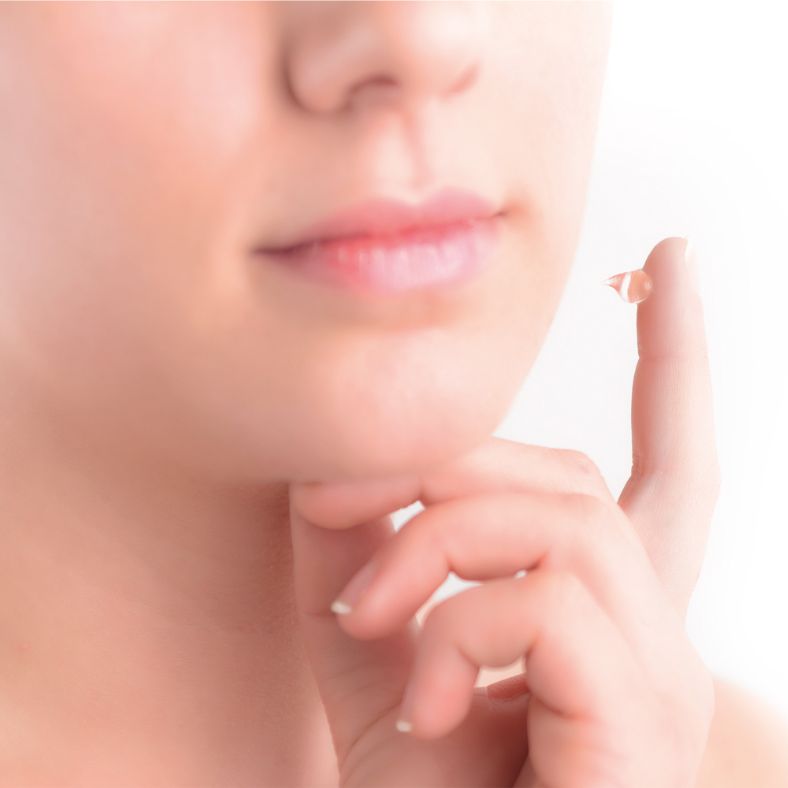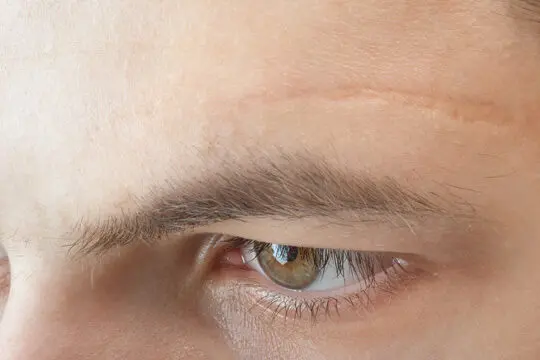How to reduce a burn scar
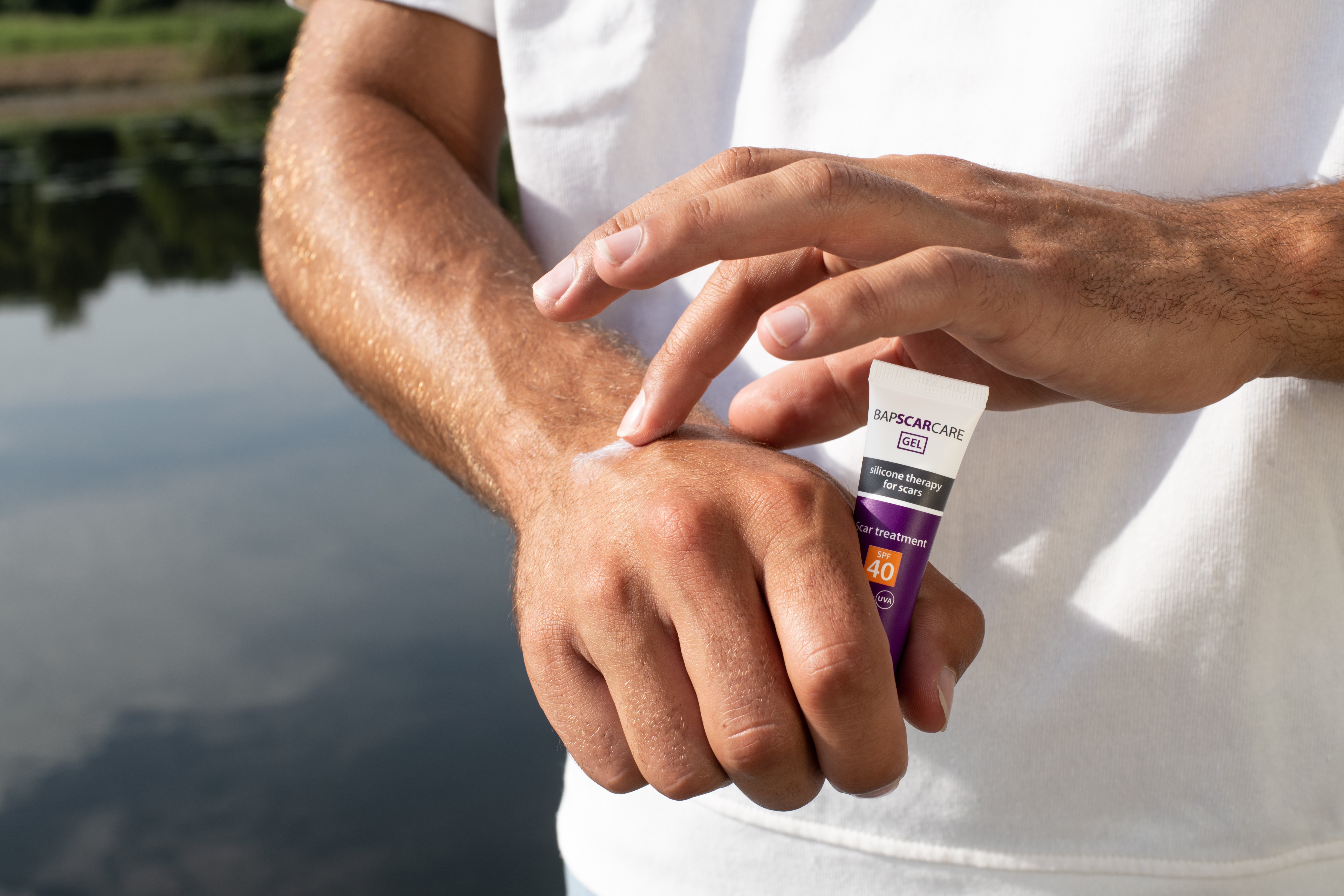
Oh no! You have not only thrown the just-boiled water into the pan but also over your hand. Now there's a burn. It is mainly painful at first, but can also leave a scar after healing. What is a burn and how do you reduce scars after such a wound?
A burn is damage to the skin caused by heat, electricity, or a chemical. So too much lying in the sun can result in a burn, but so can getting a chemical on your body or an electric shock. In such an accident, a small piece of skin can be damaged, but also a large piece or even (almost) the entire body.
What kind of burns are there?
The severity of a burn depends on how badly the skin is damaged. Size, depth, and location make a big difference. The severity of a burn is expressed in degrees. There are:
- First-degree burns - These are not burns but there is a burning sensation. The skin is red or pink, dry, and possibly painful or swollen.
- Second-degree burns - In this case, the skin is shiny red or pink and the epidermis (top layer of skin) is damaged down to the dermis (lower skin layer). The skin is also wet, painful, and feels supple. There are also blisters.
- Deep second-degree burn - These wounds have the same characteristics as second-degree burns, but the wound has affected a larger part of the dermis (lower layer of skin).
- Third-degree burns - In these cases, the epidermis, dermis, and subcutaneous fatty tissue (under the skin) are affected. The skin is white, beige, or dark brown and feels dry and leathery. Remarkably, these types of wounds do not hurt.
How can you reduce the scar after a burn?
As with other wounds, after a burn, the skin works hard to heal. This can result in a scar.
Unfortunately, it is not possible to make a scar disappear. But there is also positive news: you generally do influence what it will look like. By caring for the scarred skin, you can prevent a scar from becoming abnormal or causing complaints.
In the care, it is important to hydrate well. The skin needs moisture to recover nicely and where there is a wound, there is a lack of moisture. Once the skin is closed, do two things: apply a moisturizing scar cream and start silicone therapy.
In silicone therapy, you use silicone patches, gel, or bandages to cover the skin. This therapy is used by professionals all over the world, as its effect has been scientifically proven. The patch, gel, or bandage temporarily takes over the skin's function. This protects the skin against bacteria and moisture loss.
About the Author

Topics
- Scarban
- Scarban
- Dermasilk
- Eczema
- Alhydran
- Therapeutic clothing
- BAPScarCare
- Sensitive Skin
- Eczema clothing
- Itching
- Varicose eczema
- Dermasilk wash and care instructions
- Jock itch
- Menopause
- Chemotherapy
- Clinical studies
- Size guide
- DermaTherapy bedding
- Night sweats
- Bedsores
- Insomnia
- Night Terrors
- Recovery
- Anti-microbial
- Stain-Resistant
- Vulvodynia
- Testimonials
- Eczema in kids
- Instructions for use
- Scar treatment
- Silicone sheet
- Facial scars
- Scars on hand
- Scar on finger
- Eczema
- SPF
- Eczema creams and lotions
- ALHYDRAN Special Care
- Warts in children
Tags


